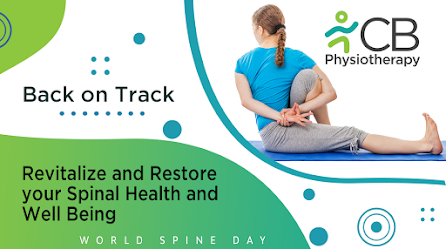How to manage Pain in Winters with Physiotherapy?
As temperatures drop in the winter, weather-related health problems start to rise. Especially for patients with bone & joint-related issues. Pain, swelling, stiffness, fatigue, and other common symptoms are harder to control during the winter. Physiotherapy can help patients suffering from arthritis, spondylosis, asthma etc in managing pain in winters and living through winter pain-free.
Common conditions that get worsened in winters & How Physiotherapy helps:
1. Joint pains and stiffened muscles are the most common health problem plaguing the lives of older people in low temperatures. There is a 50 percent spike in the number of senior citizens seeking treatment for bone and joint problems during winter.
Various modalities like hot & cold therapy, TENS therapy, and therapeutic massages can help in managing joint pain & loosen muscles during winters. Also, your physiotherapist can suggest certain exercises/stretches to keep the pain at bay.
2. Rheumatoid arthritis is another chronic ailment that concerns people during winters. Its symptoms including pain, swelling, stiffness, fatigue, and other common rheumatoid arthritis symptoms are harder to control during the winter
Physical therapy is an effective and safe treatment for managing rheumatoid arthritis (RA). Under proper counseling individuals with rheumatoid arthritis can safely exercise, improving overall physical fitness, improved sense of wellbeing, and greater ease for activities of daily living
3. Cervical Spondylosis, a condition affecting bones, discs, and joints of the neck of people have a tough time as temperatures dip in winter.
Physiotherapy plays a significant role in the management of cervical Spondylosis. In the active part of physical therapy, a physical therapist teaches various exercises to improve flexibility, strength, core stability, and range of motion.
4. Asthma attacks are also triggered by cold weather, as winters come with a lot of allergens in the air, being the main causative factor for asthma. People with asthma have sensitive airways, which gets aggravated by cold or damp weather conditions.
Diaphragmatic breathing exercises and pursing lip breathing techniques are widely used in asthma to prevent breathing abnormalities. Pursed lip breathing prevents the trapping of air into the lungs.





